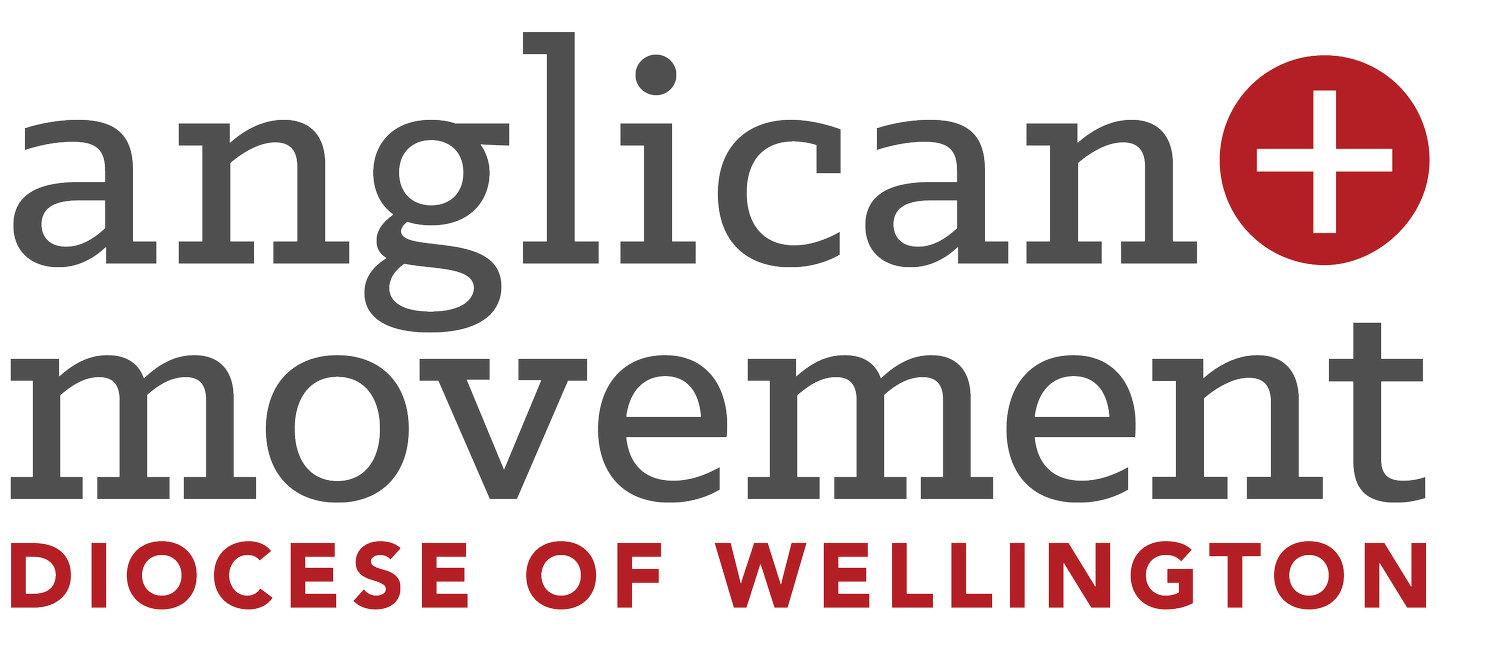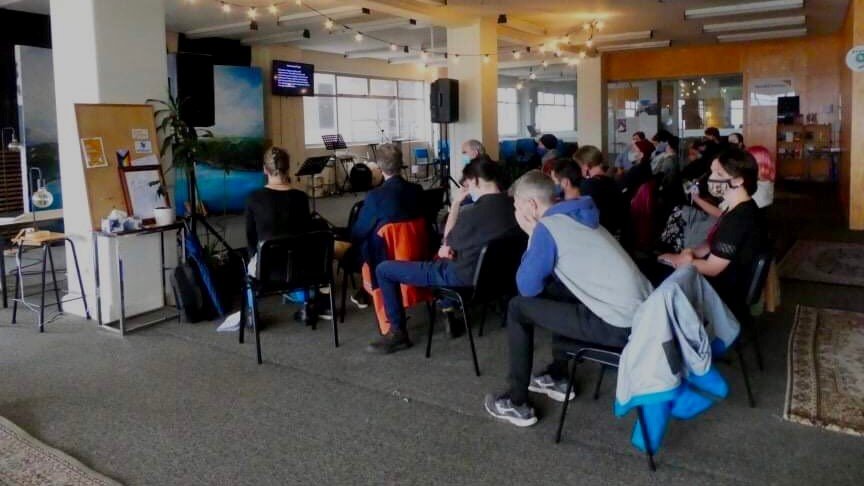COP26 Concludes - Hope for our Climate
It’s official. Our global leaders have formally concluded their negotiations at COP26 and plan to keep the earth’s warming within 1.5°C. While it looks alright on paper, the road ahead is neither clear nor straightforward and is lacking real oomph. Many critics are slamming international leaders for their “watered-down” deal - the promises are there, but they are non-binding begging the question of when will the matching actions follow? Though we have yet to see the delivery of majorly effective solutions, we can still acknowledge some of the smaller progresses and glimpses of hope from COP26. Here are some some highlights compiled by Karakia for our Climate (K4OC):
Massive demonstrations in the streets (100K + people last Friday), the marches, and the vigils.
Leaders of the world’s major religions convened an unprecedented joint appeal to the world’s leaders, begging for climate justice.
First gathering of Indigenous Knowledge Keepers.
137 countries have committed to carbon neutrality by mid-century.
137 global leaders have signed up to a pledge “to halt and reverse forest loss and land degradation by 2030.”
108 nations, including the US and the EU, have signed up to The Global Methane Pledge, which aims to reduce human-caused methane emissions by 30% between 2020 and 2030.
46 nations have signed up to the Global coal to clean power transition statement to phase out coal power at varying speeds.
22 countries signed a pledge to reach a 100% share of sales of new cars and vans being zero emission by 2035 for leading markets and 2040 for other regions.
On climate finance, developed countries have committed to at least double their collective provision of climate finance for adaptation to developing countries from 2019 levels by 2025.
Parties have agreed to return to their commitments by the end of 2022 to ensure we are on track for 1.5°C or warming (with the most recent pledges made, we are currently on track for 1.8°C and 2.4°C).
We need governments to act on their words and when they take the ‘slow’ or ‘no’ approach then we, ordinary citizens, can and do use our power to make our concerns heard. In Aotearoa New Zealand we are pretty lucky to have a democratic system that makes this quite easy and the more we flood the submissions process with common concerns, the more likely they are to be heard. Of course, this is true in theory and it's easy to get despondent about the government’s failure to actually take our words to heart, but we ought not diminish the power of our words too much as we know from previous submission processes that our submissions left a lasting impact on the policy analysers. So while we wait for the government to take drastic action on climate change and follow up their empty promises at COP26, let us not remain idle, but turn our prayers into action and submit on the Emissions Reduction Plan. This is the easiest way we can urge the government to enact their promises made at COP26. Watch the short and informative video brief from Anglican Advocacy and then fill out the form online or print out, scan, and send back to Kate on kate@anglicanmovement.nz.
In recognition of the end of the COP26 conference period, K4OC held simple and meaningful vigils across the country, namely Wellington and Dunedin in person and Auckland on Zoom. In Wellington, prayers of hope abounded through liturgy, singing, poetry, and Emissions Reduction Plan submissions. In addition, many took to tactile praying by gluing pressed flowers on glass jars to beautify ordinary vessels into colourful lanterns with the idea that they might light the candle inside the lantern as they continue to pray for climate justice. We cling to hope in these uncertain times, we must remember to carry the light of Christ into the darkness of this world.
Fellow Anglican Shanti Mathias says,
“It was a really lovely space to grieve the damage to the climate but also acknowledge the ways that there is hope for the future. I really appreciated the vigil as a time to sit with Jesus and friends from across Wellington and orient myself to hope in a time of despair. I also loved the options of having different ways to pray with art and candles too.”
Likewise, Cassandra Burton Wood reflects,
“I don’t know all that much about COP26, or the specific developments around climate change. I think often I don’t engage with current issues around climate change because it all feels like too much to get my head around to know how to support/advocate. But participating in Karakia for our Climate last Friday was a really gentle way in-to be under the wings of some climate advocacy giants (in both the faith and activism) and to be led in how to partner with God in the love of creation.”
Check out K4OC facebook for more photos.
Where do we go from here?
As mentioned above, as faithful Jesus followers we will continue to show up for submission processes as they come up. Watch this space for the next submission. For now, get a crew together and submit on the Emissions Reduction Plan!
Continue to pray for the future we want, for God’s kingdom of justice and peace to reign here on earth here and now. Directly following COP26, K4OC sets out some specific requests. Pray for the younger generation and those from poorer nations and low-lying island states who remain dissatisfied that not enough has been achieved from this COP. Pray for grace and hope as plans are put in place for COP27 in Egypt and COP28 in Dubai. Pray that Christian organisations can come together and collaborate to overcome the barriers and problems for delivering clean renewable energy to Christian churches, schools, homes, etc. around the world.
Keep an eye on Karakia for our Climate for vigils coinciding with key moments in the climate action calendar. For further prayer ideas and resources, check out Climate Intercessors, Pray and Fast for the Climate, Christian Climate Action, and At Your Service.





